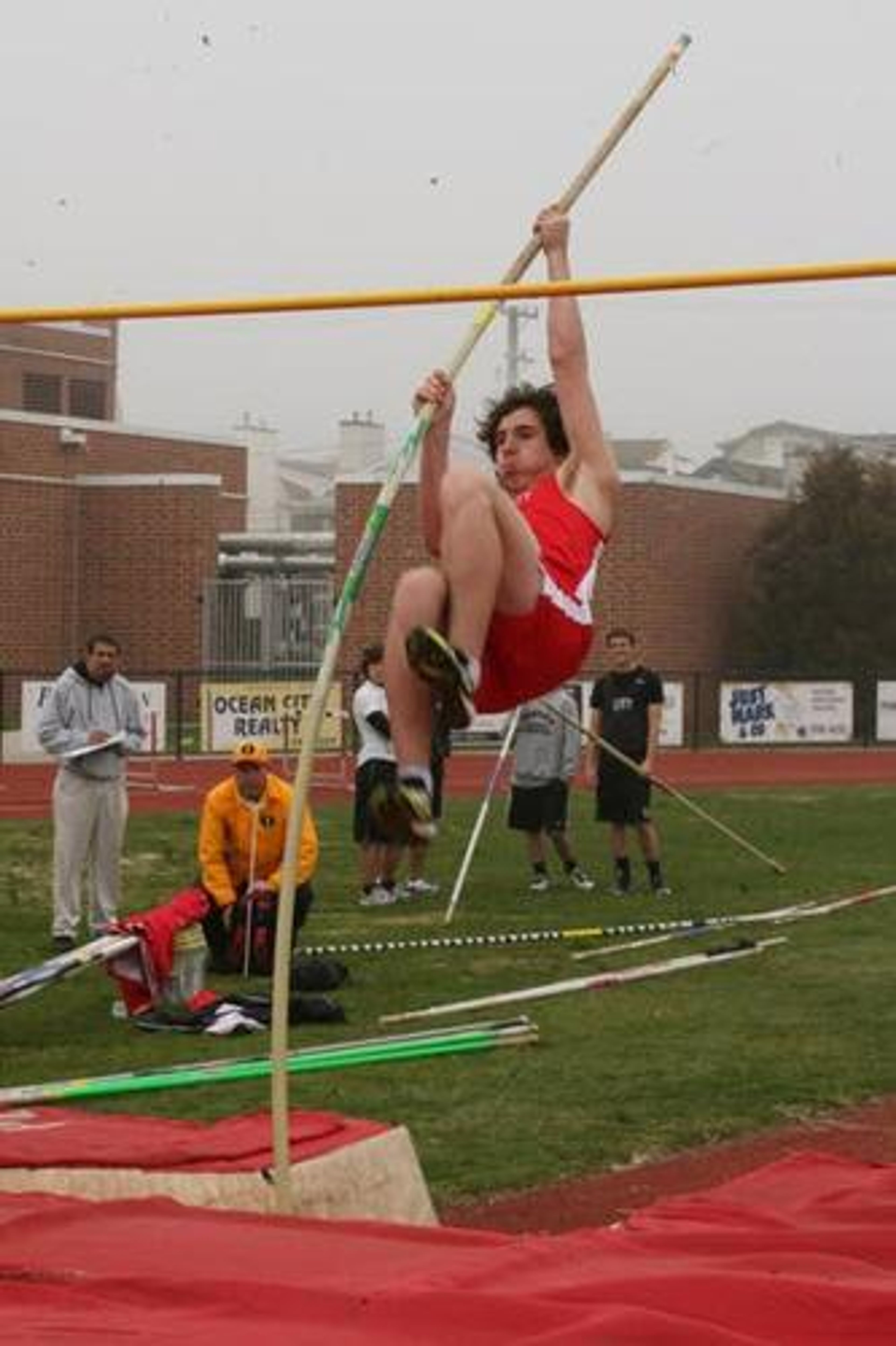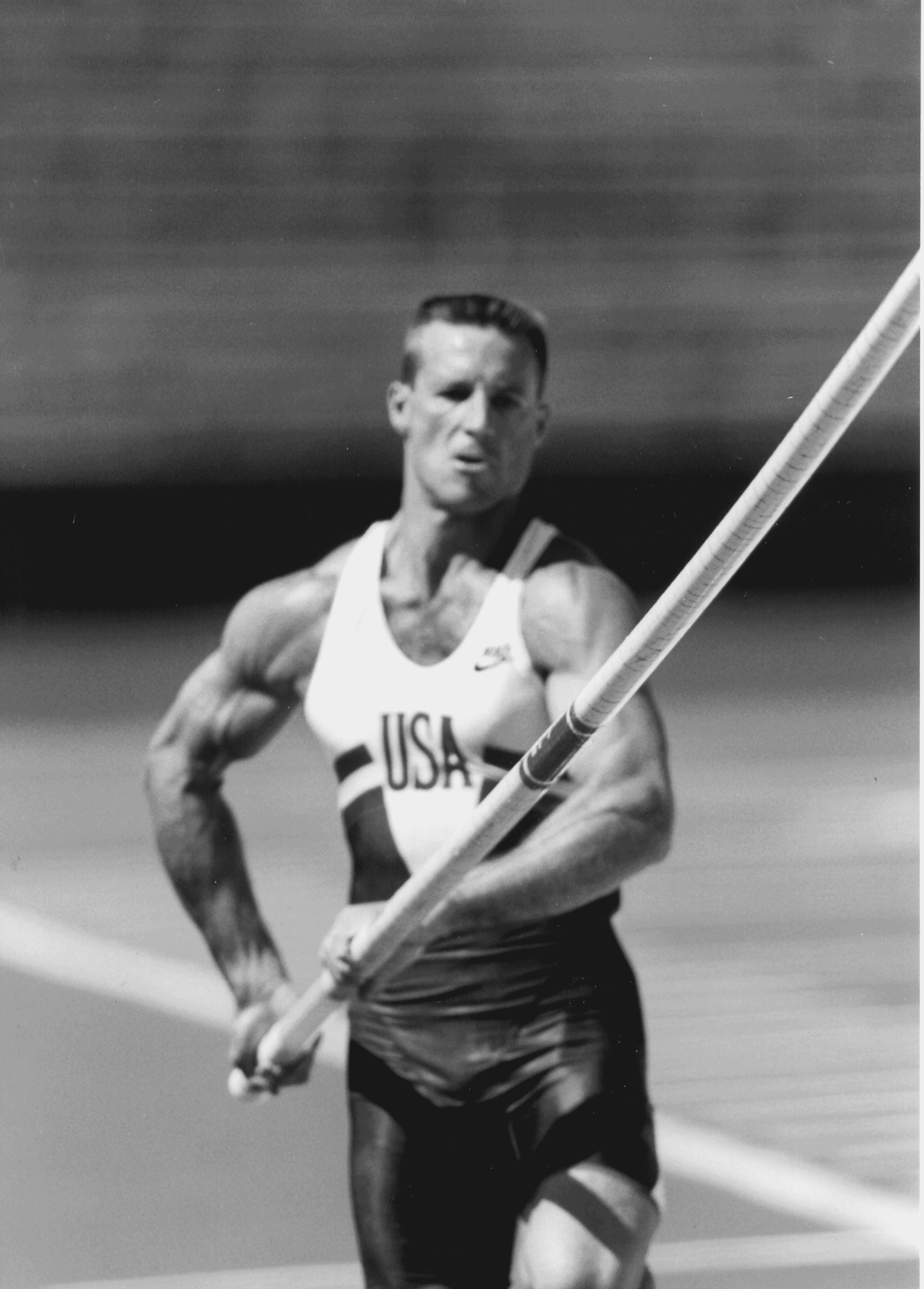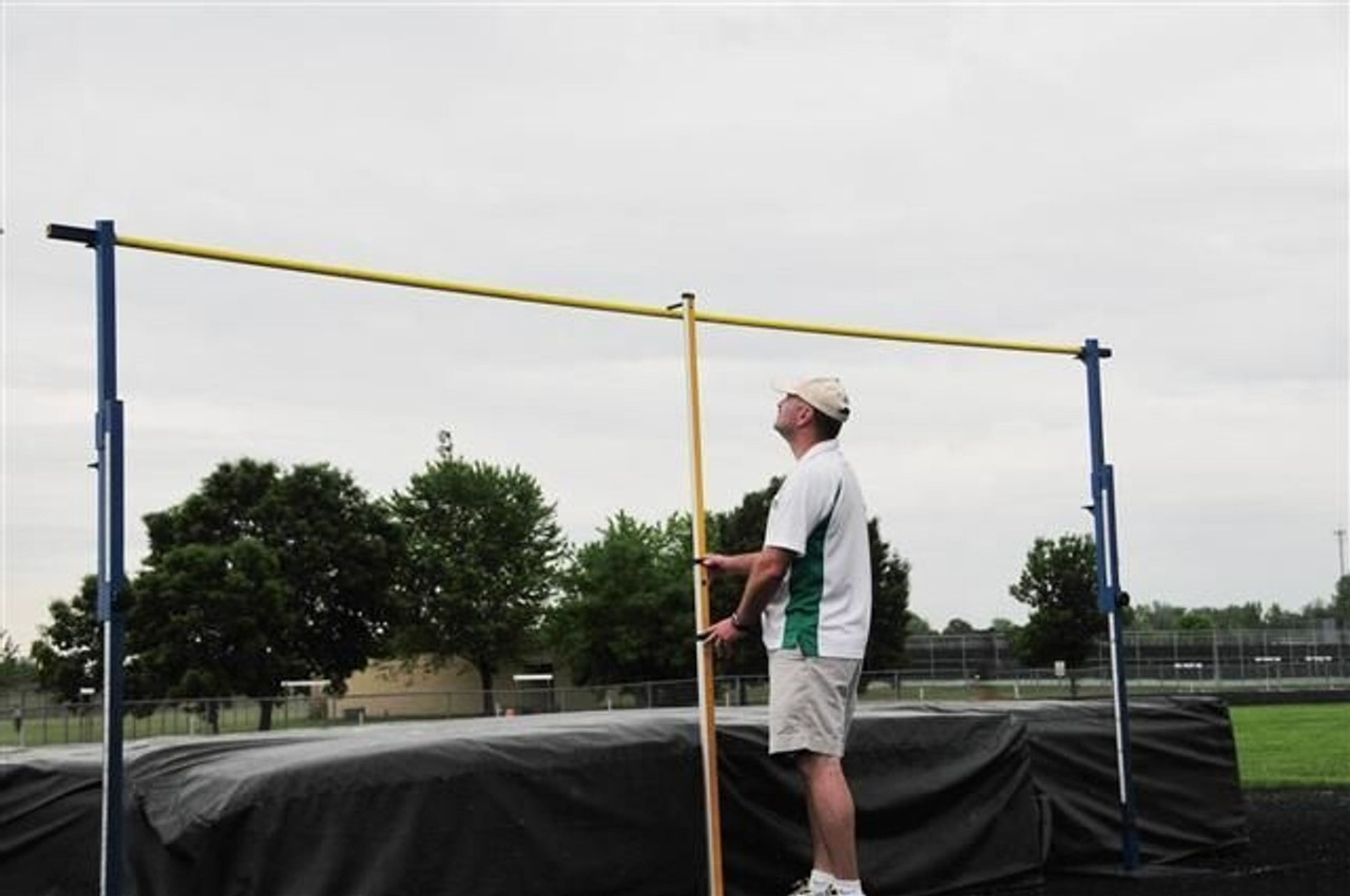Top 5 Mistakes High School Pole Vaulters Make and How to Fix Them
Avoid the top 5 common mistakes for high school pole vaulters. Learn expert tips on take-off, trail leg swing, arm engagement, visual focus, and sprinting to soar higher.
In the quest to reach new heights, high school pole vaulters often encounter common hurdles that can hinder their performance. This guide illuminates the top five mistakes young athletes make in pole vaulting and provides expert advice on how to overcome them, setting the stage for personal bests and groundbreaking achievements.
1. Taking Off Under
The take-off phase is critical for a successful vault. A common error is taking off too close to the box, which can significantly impact performance by sucking the hips in towards the pit too fast. Expert guidance suggests maintaining an on or free take-off, meaning the vaulter should initiate the jump slightly before or while the pole reaches the box. This approach allows for a more effective speed transfer, sets the body position up to swing and invert, and transfers into vertical lift that helps achieve greater heights.
2. Incorrect Swinging of the Trail Leg
The swing of the trail leg plays a crucial role in the dynamics of the pole vault, by keeping pressure on a bent pole and accelerating the invert. Bending and pulling up the trail leg too early releases pressure on the pole too soon, causing the pole speed to slow down. It also affects its bend and the vaulter's ability to invert and propel upwards. Instead, maintaining a long and straight trail leg swing is essential for maintaining pressure and achieving an efficient pole bend and transition into the pit.
3. Getting Hit at Takeoff
The interaction between the vaulter and the pole at takeoff is a moment of crucial energy transfer. Getting hit at take off feels like the pole hit you, instead of the opposite. Getting hit at take off causes the vaulters body to jolt back towards the runway. Instead of having weak arms and shoulders and passively getting hit by the pole, vaulters should actively extend their arms and "hit" the pole, channeling the momentum from their run into the takeoff. This aggressive action helps in bending the pole properly and sets the stage for a successful vault.
4. Staring at the Crossbar
Fixating on the crossbar can lead to poor posture and technique through the jump. If you stare at the crossbar during your jump, it is nearly impossible to drop your shoulders and invert. Vaulters are advised to adjust their visual focus patterns during the approach, facilitating steering and ensuring a more effective takeoff and vault. Early in the drive phase, the vaulter should locate and track the box with peripheral vision to maintain head alignment and avoid postural disruptions.
5. Not Running at Full Speed
Speed is a pivotal component of pole vaulting. Many young athletes need to fully utilize their sprinting capacity during the approach. Incorporating sprint training and focusing on running mechanics are vital components of a comprehensive pole vault training program, emphasizing the need for speed and proper technique throughout the approach.
In conclusion, avoiding these common mistakes involves a combination of proper technique, physical preparation, and mental focus. By focusing on a proper take-off, maintaining a strategic trail leg swing, actively engaging with the pole at takeoff, adjusting visual focus away from the crossbar, and maximizing speed in the approach run, high school pole vaulters can significantly enhance their performance. Continuous practice, alongside guidance from experienced coaches, can help vaulters overcome these challenges and achieve their full potential in this demanding and exhilarating sport.









